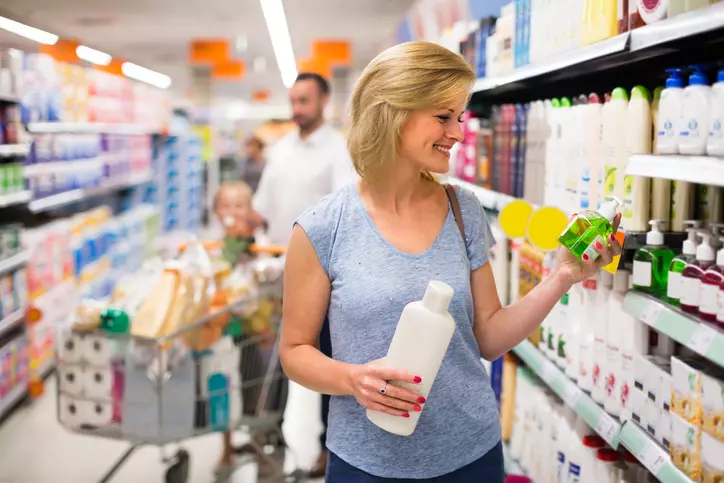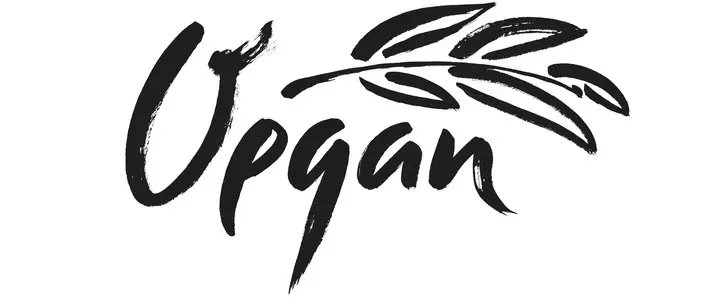
It’s a fact, retail shelves and shoppers discriminate and they’ll judge your product’s packaging for what it is or isn’t. You might have thought the hardest part of getting your product on the market was getting a spot on store shelves, but who wants a product that just sits there collecting dust? About 1/3 of buying decisions are based on a product’s packaging. Here are 7 ways you can ensure your product’s packaging is market ready.
Ensure Packaging is Functional and Stands Out
When you look down a store aisle, do similar containers catch your eye or do uniquely shaped containers pull you in? Choose
packaging that suits your product, yet also helps it stand out from your competitors. Even well-known brands often repackage their product to keep up with changing consumer needs and interests. In 2011, the iconic Jack Daniel's Old No. 7 Tennessee Whiskey
spirit bottle was refined with a more pronounced square shoulder and simplified label to continue the legacy of the brand’s distinct look.
Packaging for convenience with the consumer in mind is another important factor. Packaging needs to be functional, durable, and easy to access. Consider whether the product needs to be squeezed, poured, sprayed, or consumed directly. Does it have a handle or none at all? The type of
container,
cap, and
packaging material (e.g. glass or plastic— from clear, transparent, to colored) used helps to address these issues. It is necessary to note that stores have their own requirements too, in terms of packaging sizes and other preconditions.

Product Information Transparency
Today’s breed of consumers demand information and want it in the easiest, most convenient way possible. According to the 2016 Label Insight Food Revolution Survey, 37% of consumers were willing to switch to another brand if the competing brand had more detailed product information. Make sure you sell your brand using clear and concise language. Provide important information on the product label, instructions for use, reasons why the product is better, and its benefits. Avoid an overload of content, misinformation, and most importantly, inconsistencies in your language. Your potential customer wants to be an informed consumer, not a confused reader.
Font Should Represent the Product
A packaging label’s font helps set the tone for the product’s brand. Using modern and easy to read letters allows consumers to quickly scan for information. Font style, size, and color stirs up various types of consumer emotions. Make sure you’re connecting with the right audience (age, gender, race, and lifestyle) for the right reasons. Is your product more formal and serious or fun and youthful? Black creates a serious tone, whereas green is happy and often associated with healthy products. Too much or too little of the same color can also affect product perception.

Visuals Bring the Content to Life
If a picture is worth a thousand words, then purchasing decisions are based on visual appearance. Images on labels help connect shoppers to a product and visually provide an explanation for the product’s use. Products such as air fresheners come in various scents and to convey this to the consumer, images or colors of flowers representing the scent can help to define the smell more than the word itself.
Disclose Important Regulatory and Warning Information
From potential allergies consumers can avoid to hazardous or poisonous products, risks associated with your product should be clearly stated on the label. Certain industries have to comply with specific federal, state, and local requirements and at times, may require certification. These regulations are in place to protect the consumer, from warning labels, heath risks, to nutritional facts. How this material is presented and its format on the product’s label design must meet necessary provisions.

Hire a Professional Designer
Product labels are a form of advertisement, offering a sneak peak to what is inside the packaging. Trained
label designers can create labels that give a product more direction and a clear message. They can also help select complimentary fonts or visuals to make the product unique. More experienced designers can provide better feedback based on their previous work with clients who have similar products
Find a Good Label Printer
While printing your labels with your home printer is an affordable option, selecting a good printing company will provide you with more
high-quality labels. Printers can offer advice on potential problems a label artwork may have on the press and can work with you to select a label material that works best with your packaging. They also can mass produce product labels quickly and efficiently into various printed label styles and sizes that suit your packaging needs.
Nothing beats a great product but the packaging is the first impression consumers have of a product, be it online or in store. Think of it as persuasive elements that guide someone to pull the buy trigger. Packaging can tell a brand’s inspiring story or can be used as an additional marketing tool for other forms of product engagement, from recipes, sweepstakes, QR codes that are scanned with smartphones, to peel and seal product information labels or coupons. Just make sure you have the basic ingredients to making your product consumer and retail friendly before taking the plunge.
 It’s a fact, retail shelves and shoppers discriminate and they’ll judge your product’s packaging for what it is or isn’t. You might have thought the hardest part of getting your product on the market was getting a spot on store shelves, but who wants a product that just sits there collecting dust? About 1/3 of buying decisions are based on a product’s packaging. Here are 7 ways you can ensure your product’s packaging is market ready.
It’s a fact, retail shelves and shoppers discriminate and they’ll judge your product’s packaging for what it is or isn’t. You might have thought the hardest part of getting your product on the market was getting a spot on store shelves, but who wants a product that just sits there collecting dust? About 1/3 of buying decisions are based on a product’s packaging. Here are 7 ways you can ensure your product’s packaging is market ready.


